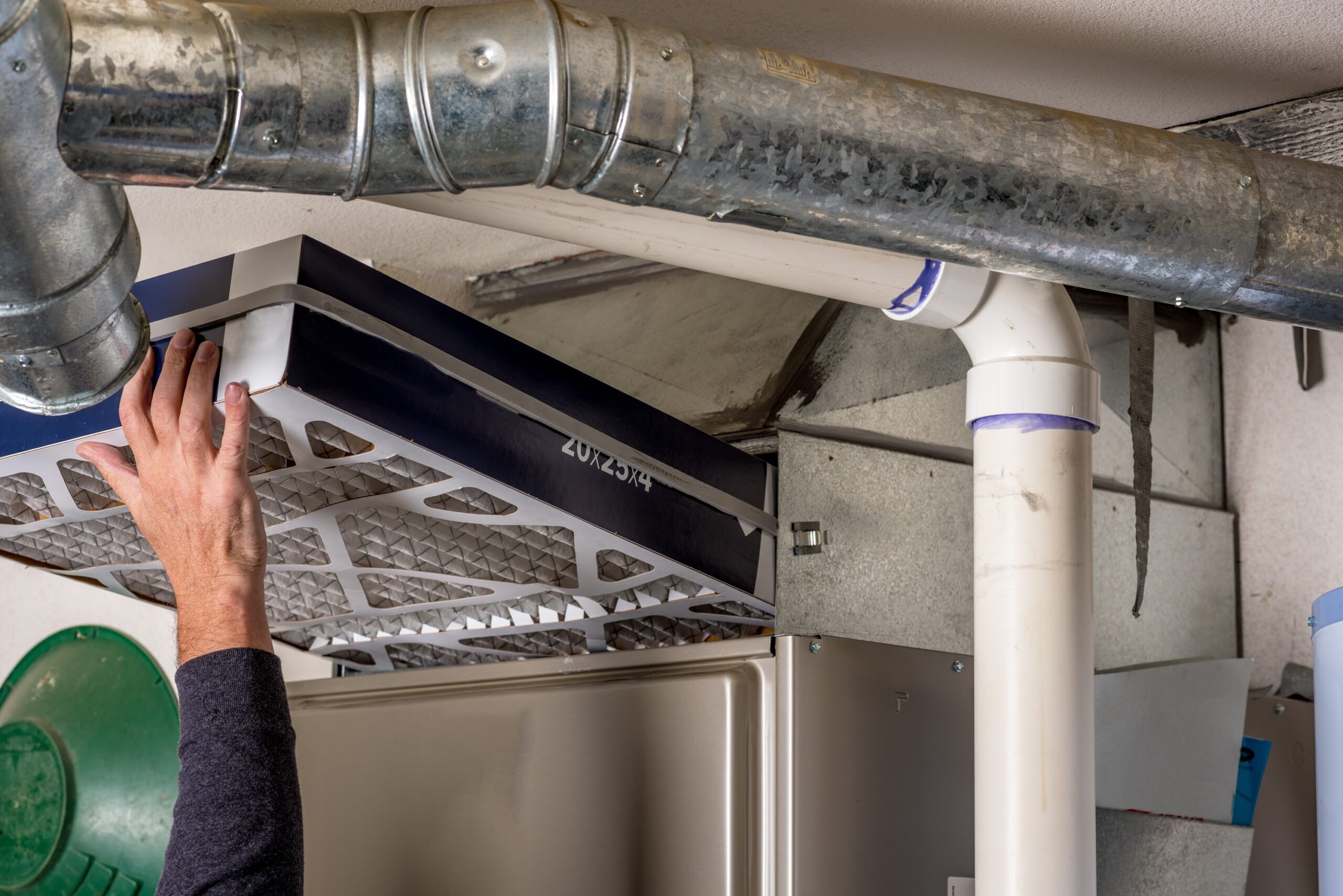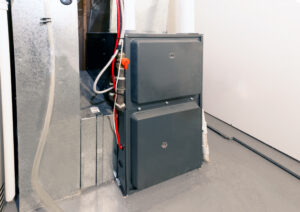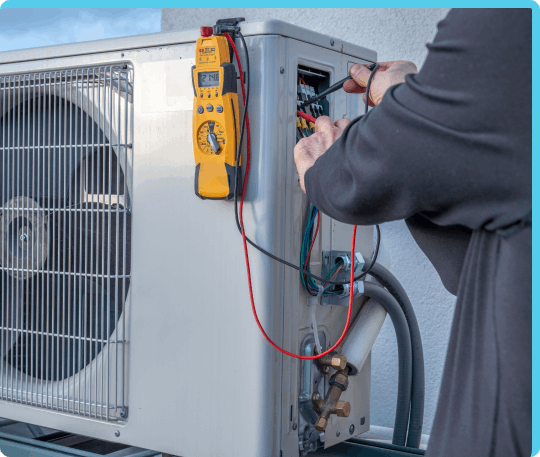As temperatures dip and hot showers become a daily comfort, you want your water heater ready for heavy use. A simple flush can clear out sediment, boost heating efficiency and spare you surprise breakdowns when you need warmth most. We’ve seen units clogged with years of mineral debris, which increases bills and shortens lifespan.
At B&L OTT Heating & Air Conditioning, LLC in Reading, PA, we schedule fall flushing to keep systems running smoothly.
Why Flushing Your Water Heater Before Fall Matters
Sediment sinks to the bottom of the tank as water heats and cools, building a dense blanket under the heating element. That blanket acts like insulation, forcing the burner or electric element to work harder and longer to reach your set temperature. As the fall chill sets in, you’ll run your heater more frequently, and all that extra effort increases energy bills and accelerates corrosion at the tank’s base.
A thorough flush pushes out those mineral deposits, allowing fresh water to make contact with the heating surface. That simple step restores performance, cuts recovery time between uses and helps you avoid uneven heating or premature element failure when you need reliable hot water the most.

Signs It’s Time For a Flush
If your heater sputters or you detect rattling noises, there’s usually loose sediment swirling within the bottom of the tank. You may also notice a drop in hot water volume or see cloudy water at the tap. Rising energy bills with no change in usage indicate that your heater’s efficiency has fallen.
Another clue is the appearance of brown‐tinted water after draining a few gallons. That discoloration is a signal that sediment removal is in progress. When element heaters show tripped breakers or gas heaters misfire, mineral buildup can interfere with proper ignition or electrical connections. Spotting any of these signs in late summer means your unit is overdue for water heater maintenance before the heating season intensifies.
Sediment’s Hidden Costs on Efficiency and Lifespan
Each grain of sediment under the heating element insulates and forces longer run cycles. If your heater normally brings its tank to the desired temperature in thirty minutes, heavy scale could stretch that time to an hour or more. That extra burn time increases gas or electricity consumption and wears parts faster.
Over months and years, the constant overrun causes metal fatigue in burner tubes, element burnout and pitting at the tank’s welded seams. In worst‐case scenarios, the tank floor corrodes through, leading to expensive replacements or leaks that damage surrounding flooring and drywall. Flushing before fall reduces those hidden costs by keeping heat transfer efficient and sediment accumulation under control, so your heater works as designed well into its expected lifespan.
DIY Flush vs. Professional Flushing
A DIY flush begins by shutting off power or gas to the heater, then attaching a garden hose to the drain valve and draining several gallons into a floor drain or bucket. You’ll want to open a hot water tap upstairs to prevent a vacuum and help the tank empty. Once drained, you briefly open the cold intake to stir up remaining sediment before draining again.
While this approach works, it can leave stubborn scale behind or send debris into your drain lines. A professional service includes temperature and pressure valve checks, full tank rinsing using a pump or sliding plate tool to agitate the bottom and inspection for corrosion or valve failure. Professionals can also verify correct refill procedures to avoid airlocks.
Preparing Your Water Heater for Fall: A Quick Checklist
Start by turning off the heater’s power source and attaching a hose to the drain valve. Open a nearby hot water faucet to allow the tank to drain. Then, drain at least three‐quarters of the water from the tank, and briefly turn on the cold water supply to flush out remaining debris.
Close the drain valve, refill the tank fully before relighting or restoring power and check for leaks around the valve and pressure‐relief fitting. Finally, test the relief valve by lifting its lever and listening for a hiss. If it doesn’t reseat properly, schedule a replacement. This brief checklist gives your heater a clean slate heading into heavier fall and winter workloads.
Additional Seasonal Water Heater Service Tasks
While you’re flushing, it’s smart to inspect the sacrificial anode rod. This rod draws corrosive particles away from the tank’s steel lining. If it measures less than half an inch thick with particles or shows heavy pitting, replace it to maintain tank integrity. Checking the burner assembly on gas units for soot and carbon buildup ensures proper combustion once cooler weather returns.
Cleaning the air intake screen prevents draft issues, while tightening pilot assembly fittings stops tiny leaks from causing flame instability. On electric heaters, verifying the tightness of element terminal connections reduces electrical resistance and avoids nuisance tripping. Taking these extra steps during your fall flush gives you a complete seasonal water heater service package.
History of Maintenance: Building a Protection Plan
One flush might clear yesterday’s sediment, but real protection comes from routine seasonal care. Track each flush in a home maintenance log, noting date, sediment volume and any valve replacements. Pair this with annual inspections of pressure relief valves and anode rods.
A well‐documented history signals to technicians which parts age fastest and might fail next. If you skip a year, sediment returns faster, and a surprise failure risks scalding or water damage. A yearly fall flush becomes part of your home’s rhythm, fitting neatly alongside gutter cleaning and furnace tune-ups. That coordination makes scheduling simpler and ensures your heater never faces winter with a clogged tank.
When to Replace Instead of Flush
Older tanks may show signs that flushing alone can’t fix. If you detect rust on the cold‐water inlet piping, hear constant dripping from the relief valve or find corrosion around seams, it could indicate erosion of the tank lining. Frequent element burnout on electric models also signals an internal coating failure. In these cases, flushing isn’t a permanent fix.
High sediment volume, more than several handfuls, means corrosion has already set in deep inside. At that point, consider upgrading to a more efficient model with a larger anode rod and better glass lining. Professionals can guide you to the correct replacement, matching tank size, efficiency ratings and features like quick‐recovery burners.
Book Your Fall Water Heater Flush Today
A well‐timed flush removes sediment that wastes energy and strains components just when you crank up the temperature for chilly mornings. Regular water heater maintenance in the fall gets you ahead of problems, extends equipment life, and avoids cold‐season failures. Whether you tackle a DIY flush or choose professional service for peace of mind, fall is the ideal time for seasonal water heater service.
At B&L OTT Heating & Air Conditioning, LLC, we also perform pressure‐relief valve checks and tank inspections to keep your water heater safe and efficient. Book your fall water heater flush with [company_name] today and enjoy reliable hot water all winter long.





